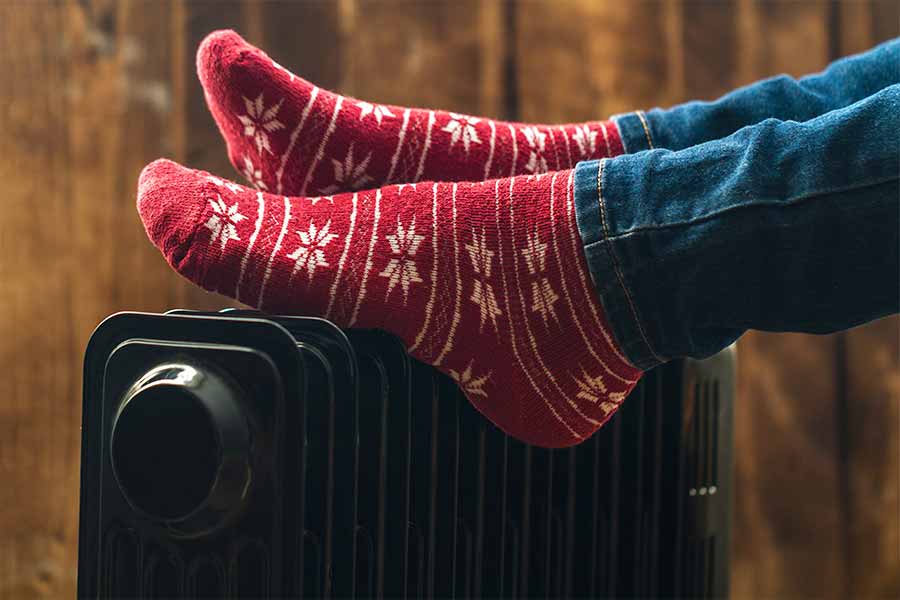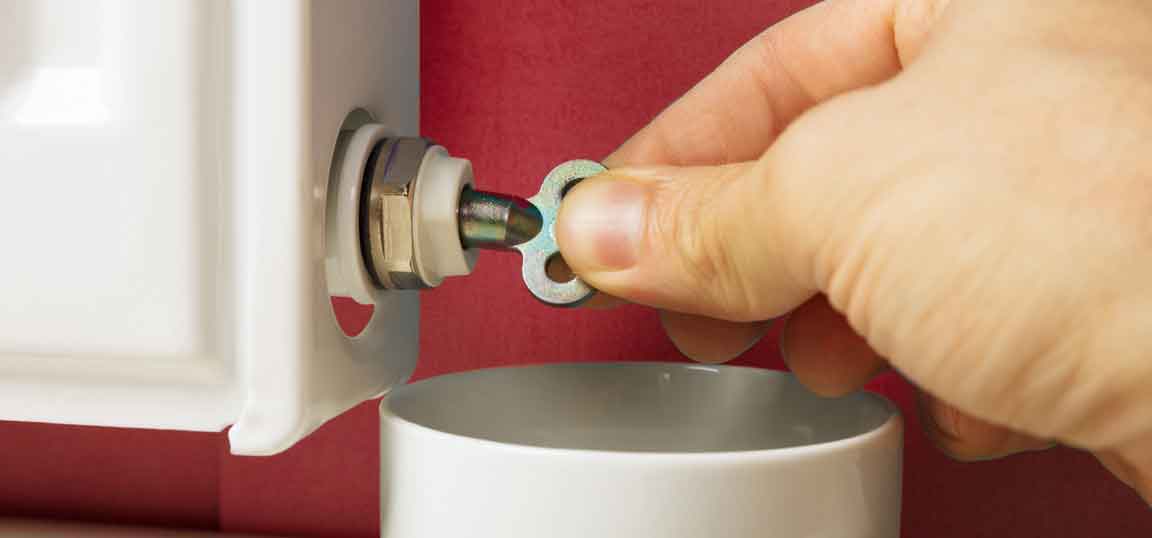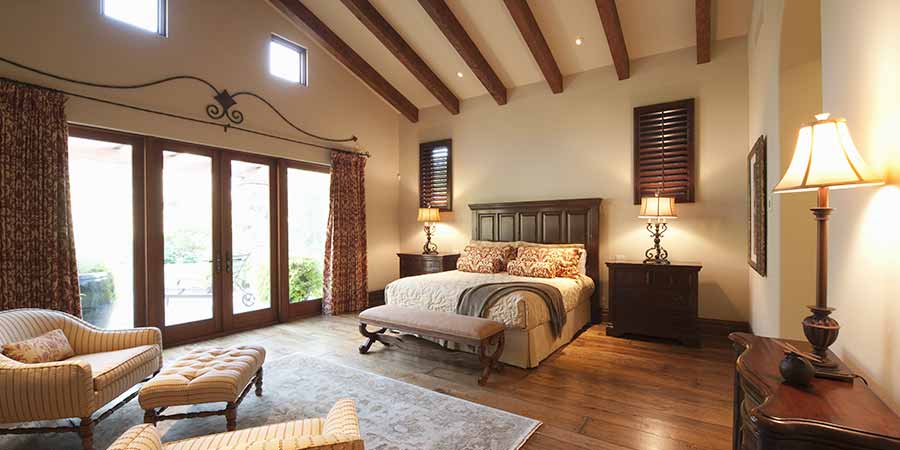Home heating advice
How to keep your house warm in winter
13 Nov 2019 • 6 minutes


Brrrrr! Do we need to mention how cold it is? The newspaper headlines gleefully warn of snow most days; will it be tomorrow? At the weekend? Over Christmas? To make your life easier, we’ve gathered some top tips to keep your house warm this winter.
It’s that time of year where you’ll need to prepare for the worst that the British weather can throw at you. This includes wrapping up warm in thermals and the chunkiest of knits, but also getting your home water-tight, air-tight and ship-shape for the coldest, wettest time of year.
So here’s a house-warming present…a whole bunch of ways to keep your house toasty this winter. Follow them and you’ll save some much-needed cash in time for Christmas:
Your heat (and the money you pay for it) could be leaking out of the cracks and gaps in your house. And it’s a two-way street. Cold outside air also likes to invite itself into your welcoming home through these gaps, so do some draught-proofing. It’s a relatively cheap and easy job that pays for itself.
Once you’ve detected the draughts, buy some inexpensive draught-proofing strips from your local hardware store. For doors you can get draught excluding foam or rubber tape. And don’t forget keyhole covers and a decent letterbox flap.
This quick and cheap draught-proofing exercise will save you an average of £20 per year in terms of lost heat, but you get to double-down on savings because a warmer, draught-free house means your thermostat can go down at least 1°C, potentially saving another £80 on your annual heating bill.
According to Energy Saving Trust, boilers account for around 55% of our yearly energy – you’re potentially going to be turning it on and off twice a day for the next four months – so it makes sense to get it an annual boiler service to help it run as efficiently as possible and save on heating costs.
Your boiler may have developed minor, fixable faults since last winter – these are the ones that, if left unchecked, could turn into a big deal when the colder months hit. So rescue yourself from a potential boiler blowout now.
Generally engineers are less busy during autumn than in winter, so get it done sooner rather than later.
If your boiler is on but some of your radiators are cool to touch, especially at the top, then you need to bleed your radiators. The cold spots are tell-tale signs that air is trapped inside and has risen to the top, displacing the hot water that should be there.
No problem. Letting the air out of (bleeding) your radiator is a super simple task that will get your radiator working all the way up to the top, heat your home more efficiently and save you money. And by default, when you use less energy, you’re looking after our future on this planet.
Here’s how: Make sure you check all the radiators in your home that need bleeding by turning your central heating on. Other signs that they need bleeding are gurgling noises and a radiator that takes ages to heat up.
Now turn your central heating off and wait for all the radiators to cool. Two reasons for this: You don’t want to burn yourself when hot water comes spurting out, and also some boiler water pumps would suck more air into the system, so you want to avoid that.
If you have several radiators that need sorting, bleed the ones on the ground floor first, starting with the one that’s furthest away from the boiler, before you do any upper floors.
What you need:
If you can’t find a radiator key in your bits and bobs drawer, nip down to a DIY shop and get one. With some modern radiators you can use a flat-head screwdriver instead, but we find the radiator key gives you more control.
Find the bleed valve on the radiator (it’s at the top on one of the ends). It looks like a round hole with a square inside it. This is where you’ll release the air – you’ll also get some potentially discoloured water squirting out, hence why you need to use the old towels to protect your carpet. Put the container on top of the towels to catch any spillages.

Now release!
Attach the radiator key to the square bit or, if you’re using a flathead screwdriver, put the blade into the groove. Turn anti-clockwise (use the cloth for a good grip). Make just a little turn and you should hear a hissing sound as the air escapes.
Once all the air has been released, the value will start to trickle water. Mop it up with the cloth you’re holding. Wait for a steady stream of water, not just a sputtering of air mixed with water. It could take between 20 seconds and 1 minute.
Now all the air has gone and you can turn the radiator key clockwise to close the valve. All done! Now do every radiator and switch on the heating when you’re finished to check the results.
Another quick hack for radiators is to get reflective radiator panels. They stop heat escaping from your radiators to the walls by literally bouncing it back into the room. You can buy them at the local DIY shop and follow the instructions to fit them easily by yourself.
Now let’s smash open a few myths about central heating:

Different materials work better at keeping your home warm – we’re talking about getting a rug to complement your beautiful wood floors, getting thick curtains so you don’t lose any heat at your window, and lots of soft, thick materials on sofas like throws, blankets and cushions. This one’s a double-winner as you save on heat and you also turn your home into a snug, welcoming den that is a joy to come home to.
We think you’ll agree these tips do the business of getting (and keeping) your house warm and ready for winter. Make sure you’ve ticked them all off and look forward to a toasty winter.
Winterproof your home this winter with our Heating and Boiler Cover, helping you to stay warm and comfortable all season long. With cover you can rely on, we’re here to make sure your house is there to keep you nice and toasty whatever the weather.
Our help & advice articles cover Plumbing, Home heating, Electrical, Energy-saving and Home maintenance.